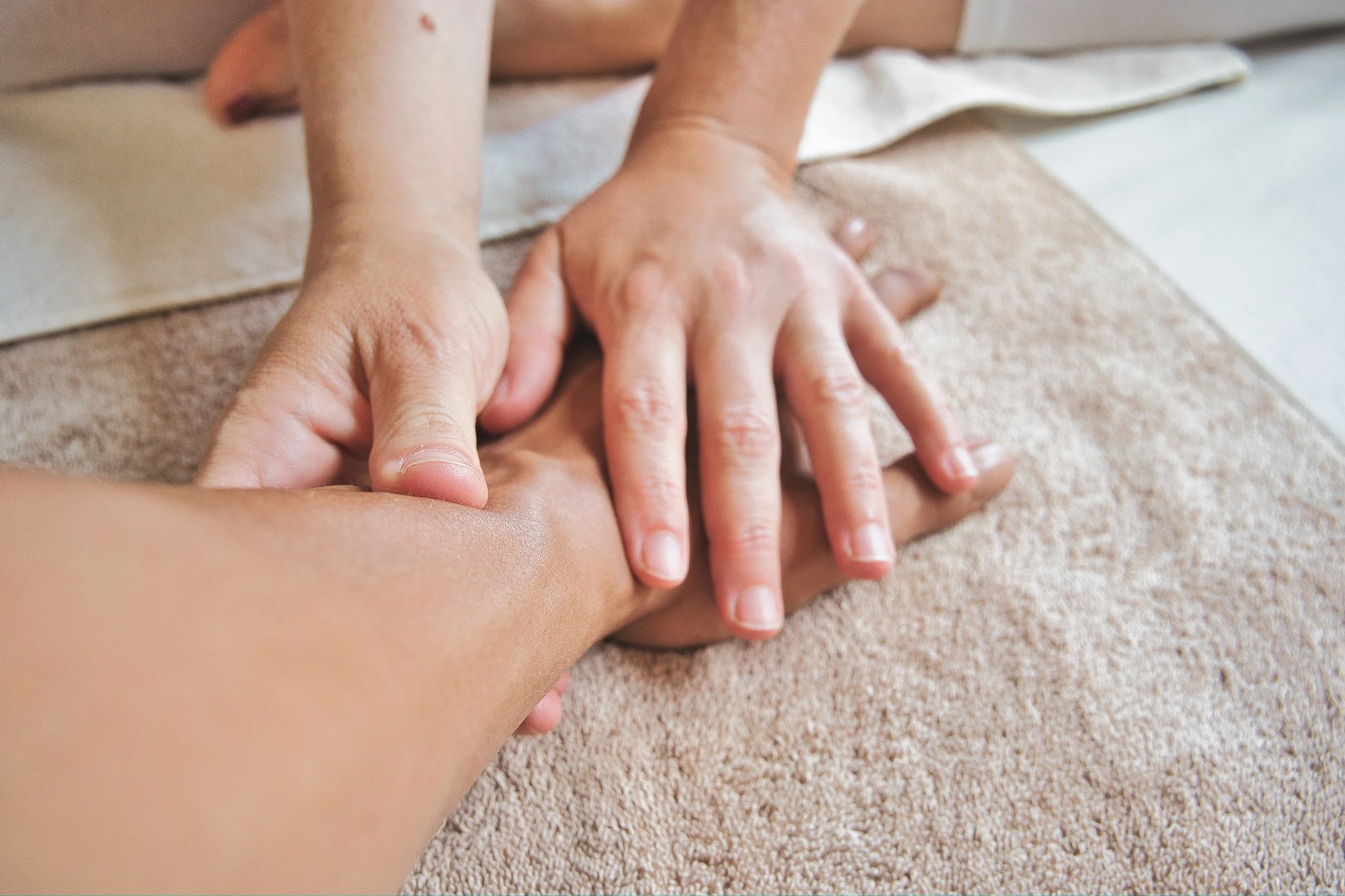Softball Injuries and Resilience
Have You Experienced a Softball Injury?
Softball is a minimal contact sport involving a field with 9 players on it and uses a bat, softball, and bases. Typical injuries found in the sport include soft tissue injuries such as Ligament Tears (Sprains), Muscle tears (Strains), tendinosis, contusions, and concussions.
While it is a minimal contact sport, many injuries occur due to base running, fielding and of course from the constant rotational forces on the body. Because of this there are many injuries to various body parts. The most common body parts injured in High school softball players include the shoulder, head/neck elbow, ankles, knees, and hips. The most common diagnoses include of the head/face (20%), hands and wrists (16%) and ankles (14%) via strains, sprains, and contusions. In the collegiate softball realm, the most common areas injured included the thigh and hip (16%), shoulder and clavicle (15%), head and face (11%) and wrist/hand(17%).
It is common for many individuals to lose time over injuries. Many of our patients spend 1-8 weeks in recovery regarding their injuries. What they find at Vector Sport and Spine: Chiro & Rehab is that we educate and advise on the best options for treatment, in 90% cases conservative care is the necessary path to pursue. Conservative care includes the chiropractic adjustment, soft-tissue massage, and rehabilitative exercise. In rare and unlikely cases, a trial of conservative fails, and it is at those times that we refer to the appropriate specialist to continue your treatment and get you on the road to playing your softball again.
How Can These Injuries be Treated?
So, what can we do about your injury at Vector Sport and Spine: Chiro & Rehab? We use a movement-based approach focusing on the long-term components of movement and its effect on tissue repair. Movement can help heal hard and soft tissue injuries such as ankle sprains, elbow soreness, shoulder soreness and many other conditions. The forces of movement help realign the tissues of the body through a concept called mechanotransduction. This concept says that cells need various forces or movements to adapt and change at a cellular level. For these changes to happen efficiently, consistency is needed. As a movement chiropractor we focus primarily on this principle to treat.
The Sports Injury Exam:
At Vector Sport and Spine: Chiro & Rehab, we provide you that consistency and expertise for your softball injuries. We start with a thorough exam involving two parts:
A standard physical examination: this includes vitals, assessments of the cardiovascular and neurological systems for abnormal signs. We also assess structure and soft tissue for various injuries and red flags against treating.
The second part to our exam is the functional exam. We assess you for any functional deficit that you body may have because of your injury or that may have helped lead to your injury. For softball players we use a screening process that involves Controlled Articular Rotations (CARS) for joint health, softball specific assessments using the OnBaseU screening process for softball, and of course movements such as the squat, pull-ups, and lunges to assess overall movement function. We assess soft-tissue tone and tightness during motion using palpation to make sure there is good tissue function during movement.
A Therapeutic Alliance
Following the assessment, we sit down and walk through our findings and make sure that we are transparent with what we found and allow you to ask questions about any of the findings. Following the Q&A, we will discuss our treatment plan and give you different options regarding treatment. If warranted we will discuss referral sources that may be needed, such as x-rays, orthopedic referral, etc.
We want to build a therapeutic alliance with you and that involves you in the decision-making process. This means we don’t do any treatment without first consulting with you. We have the knowledge and skills to help you get better, but if you are not on-board, then the long-term success of said treatment is in jeopardy.
How Long Does It Take to Heal?
Honest answer is it depends. Every injury is different and requires different amounts of time to recover. Our goals is to get you back to competing ASAP. Our treatment plans usually take 2-8 visits but can take longer depending on the injury. It not only helps reduce your symptoms, but also will help you build injury resilience at the same time. If you are interested in allowing us to help you on your journey to health. Give us a call at 952-222-5770 or schedule an appointment on our website vectorsportandspine.com
Author:
Dr. Dan Brown is a sports and movement-based chiropractor that currently practices in Burnsville, MN and serves the Burnsville, Savage and southern Twin Cities Metro. He graduated from Northwestern Health Sciences University and holds a Master’s of Science degree in Exercise Science. He specializes in rotational sports, such as softball, baseball, disc golf and martial arts. His clinic is dedicated to athletes and individuals that want to get better through movement and uses an ethical, evidenced-based approach to care. He is an avid tea-drinker, and loves to spend time with his wife Erica and Great Dane, George.
References:
Hootman, J. M., Dick, R., & Agel, J. (2007). Epidemiology of collegiate injuries for 15 sports: summary and recommendations for injury prevention initiatives. Journal of athletic training, 42(2), 311–319.
Wasserman, E. B., Register-Mihalik, J. K., Sauers, E. L., Currie, D. W., Pierpoint, L. A., Knowles, S. B., Dompier, T. P., Comstock, R. D., Marshall, S. W., & Kerr, Z. Y. (2019). The First Decade of Web-Based Sports Injury Surveillance: Descriptive Epidemiology of Injuries in US High School Girls' Softball (2005-2006 Through 2013-2014) and National Collegiate Athletic Association Women's Softball (2004-2005 Through 2013-2014). Journal of athletic training, 54(2), 212–225. https://doi.org/10.4085/1062-6050-206-17




